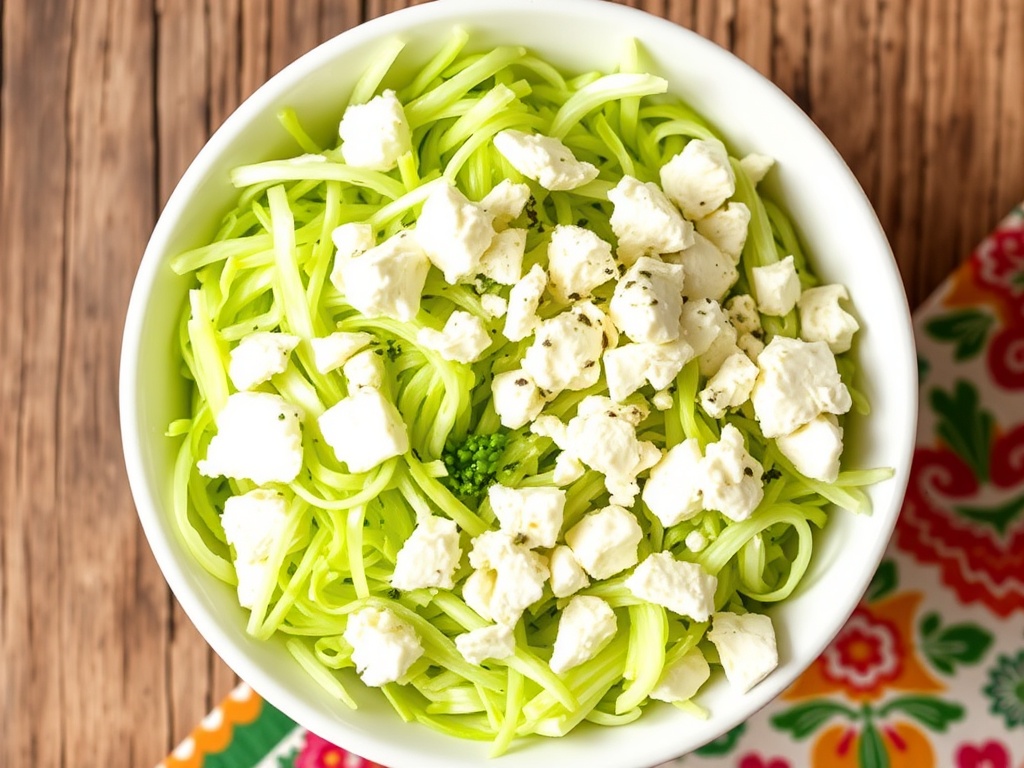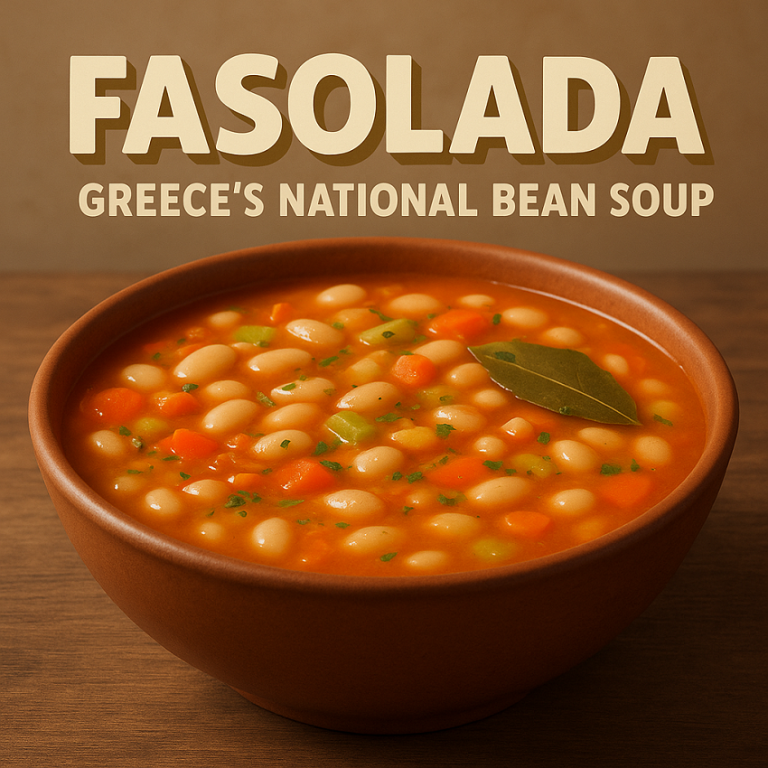
Greek cuisine is celebrated for its vibrant flavors, fresh ingredients, and healthy options. Among the many delightful dishes, Greek cabbage salad stands out as a refreshing and nutritious choice. This salad combines crunchy cabbage with a colorful array of vegetables, aromatic herbs, and a zesty dressing, making it a perfect addition to any meal.
Ingredients
The beauty of Greek cabbage salad lies in its simplicity and versatility. Here are the key ingredients typically used:
- Cabbage: The star of the dish, usually green or red cabbage, provides a satisfying crunch and is low in calories while being high in fiber.
- Tomatoes: Fresh, ripe tomatoes add a burst of sweetness and juiciness, contributing important vitamins like C and K.
- Cucumbers: Crisp cucumbers enhance the salad’s freshness and hydration, making it a great choice for warm days.
- Red Onion: Thinly sliced for a sharp flavor that balances the sweetness of the tomatoes and the crunch of the cucumbers.
- Bell Peppers: A splash of color and sweetness, often red or yellow, which not only adds flavor but also boosts the salad’s vitamin content.
- Olives: Kalamata olives are traditional, providing a rich, briny contrast that enhances the overall flavor profile.
- Feta Cheese: Crumbled feta adds creaminess and a salty kick, making it a quintessential component of Greek salads.
- Herbs: Fresh parsley or dill enhances the flavor profile, adding a fragrant note to the dish.
- Olive Oil: A high-quality extra virgin olive oil serves as the base for the dressing, providing healthy fats.
- Lemon Juice: Freshly squeezed lemon juice brightens the flavors and adds a tangy zest.
- Salt and Pepper: To taste, enhancing the overall flavor and bringing all the ingredients together.
Preparation
Step 1: Shred the Cabbage
Begin by removing the core from the cabbage. Shred it into thin strips using a knife, mandoline, or food processor. Place the shredded cabbage in a large mixing bowl. The cabbage can be prepared in advance and stored in the refrigerator for a few days, making it a convenient option for meal prep.
Step 2: Chop the Vegetables
Dice the tomatoes, slice the cucumbers, and thinly slice the red onion and bell peppers. Each vegetable contributes its unique flavor and texture. Add all these chopped vegetables to the bowl with the cabbage, creating a colorful medley.
Step 3: Add the Olives and Feta
Stir in the Kalamata olives and crumbled feta cheese. These ingredients not only enhance the flavor but also add a satisfying creaminess and a delightful saltiness to the salad. Feta cheese can be adjusted based on personal preference; some might prefer a more generous amount for a richer taste.
Step 4: Make the Dressing
In a small bowl, whisk together olive oil, lemon juice, salt, and pepper. Adjust the seasoning according to taste. For an extra punch, consider adding a teaspoon of dried oregano or fresh herbs. This dressing is key to bringing all the flavors together and can be adjusted to suit your preference, whether you like it more tangy or oilier.
Step 5: Combine and Serve
Pour the dressing over the salad and toss gently to combine all the ingredients. Allow the salad to sit for about 10-15 minutes to let the flavors meld. This resting time allows the cabbage to soften slightly and the vegetables to absorb the dressing, enhancing the overall taste. Serve chilled or at room temperature, making it a versatile dish for any occasion.
Variations
The Greek cabbage salad is highly adaptable, allowing for personal touches based on dietary preferences or available ingredients. Here are a few variations you might consider:
- Add Protein: Incorporate grilled chicken, shrimp, or chickpeas for a more substantial meal. This not only adds protein but also makes the salad more filling and satisfying.
- Spice it Up: Include sliced jalapeños or a dash of hot sauce for a spicy kick. You can also experiment with adding spices like paprika or cayenne pepper to the dressing for additional heat.
- Nuts and Seeds: Add toasted walnuts, sunflower seeds, or pumpkin seeds for added crunch and nutrition. These ingredients can provide healthy fats and enhance the texture of the salad.
- Different Dressings: Experiment with balsamic vinegar or a yogurt-based dressing for a twist. A yogurt dressing can add creaminess without the heaviness of cheese, making it a lighter option.
Nutritional Benefits
Greek cabbage salad is not only delicious but also packed with nutrients. Cabbage is rich in vitamins C and K, while tomatoes provide antioxidants like lycopene, which is beneficial for heart health. Cucumbers are hydrating and low in calories, making them an excellent choice for weight management. The healthy fats from olive oil and feta help in nutrient absorption, making this salad both satisfying and nutritious.
The combination of fresh vegetables and herbs also offers a variety of phytonutrients, which may help reduce inflammation and support overall health. This salad is an excellent way to incorporate more vegetables into your diet while enjoying a flavorful dish.
Serving Suggestions
Greek cabbage salad can be served in numerous ways. It pairs wonderfully with grilled meats, making it a perfect side dish for barbecues or picnics. It can also be enjoyed as a light lunch on its own or as part of a larger Mediterranean-inspired spread alongside dishes like tzatziki, hummus, and pita bread.
For a complete meal, consider serving the salad with whole grain bread or a side of quinoa, enhancing the fiber content and making it more filling.
Conclusion
Greek cabbage salad is a delightful dish that showcases the fresh, vibrant flavors of Greece. Its combination of crunchy cabbage, juicy tomatoes, and tangy feta creates a satisfying and nutritious option for any meal. Whether served as a side dish or a light meal, it’s a perfect way to enjoy healthy, wholesome ingredients. Embrace the simplicity of this salad and customize it to your taste, and you’ll have a refreshing addition to any dining experience. Enjoy the burst of flavors and the health benefits that this colorful salad brings to your table.



